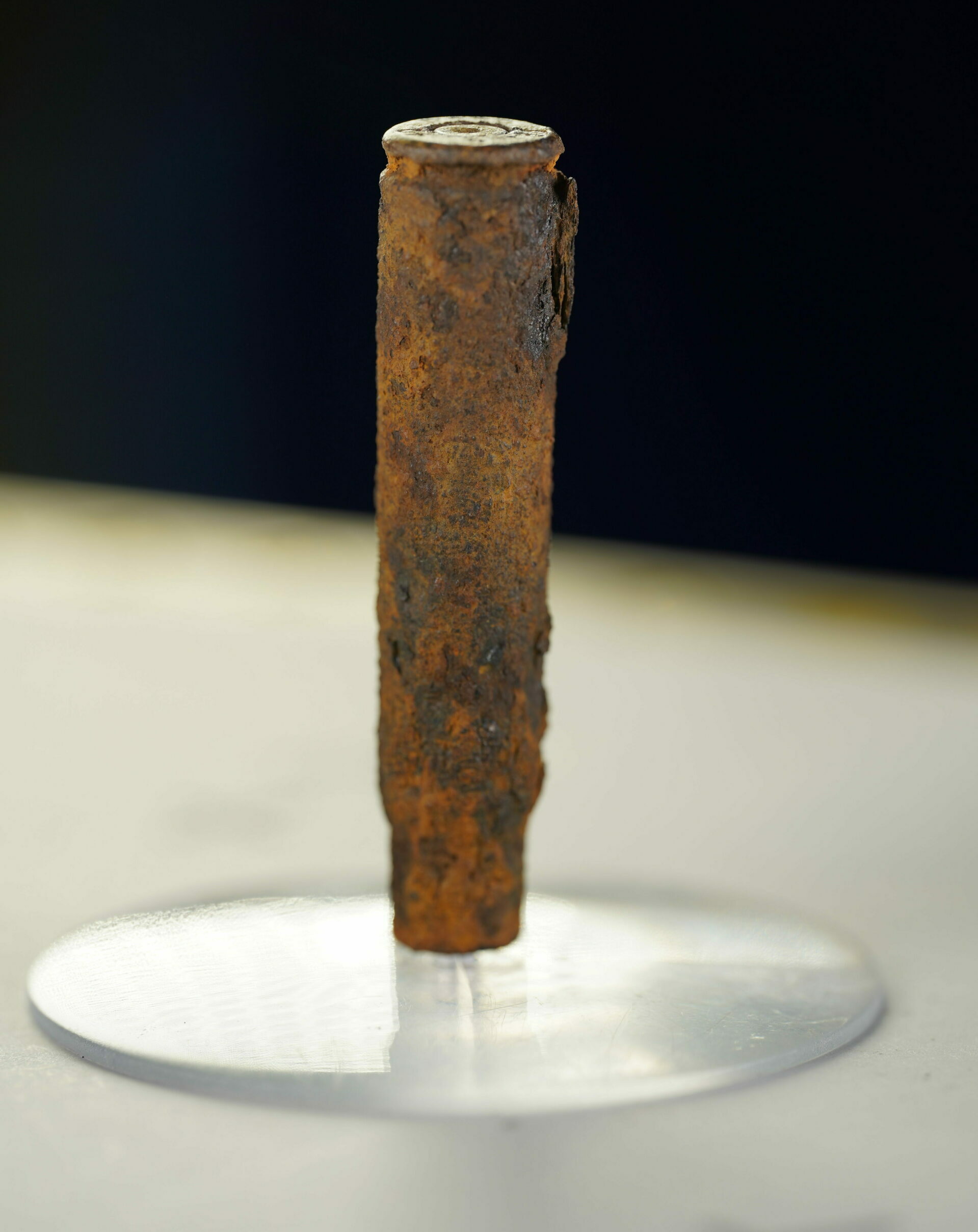RESEARCH
Andreas Assael’s Story
Andreas Assael was born in Thessaloniki in 1959 and attended a German school there. His father’s family is among the few who survived the Holocaust by hiding in Thessaloniki. For many years, Andreas Assael has been researching and collecting material pertaining to his family’s history and to the Holocaust. In the 1980s he attended university in Munich and has since visited that city regularly. In 2002, he discovered the photo album at an antiques market in nearby Keferloh.
A Unique Find
The photographs depict men in German uniform at various locations in Greece, clearly during the German occupation. This in itself is not unusual. There were many such albums of Wehrmacht soldiers from the war period. But Assael noticed, thanks to tiny yellow stars, that Jewish men were also depicted in the album. A sensational discovery: these are to date the only known photos of Greek-Jewish forced labourers from the year 1943.
Andreas Assael’s Research
The inscription “Karia” indicated the deployment site of the Jewish forced labourers. Andreas Assael managed to identify the site. He meticulously worked out the topography of the construction site and put the photographs in chronological order. He tracked down survivors and interviewed them. In 2004 he visited the German construction firm Leonhard Moll in Munich and identified the photographer. He recorded what he learned in a manuscript.
The Project “Karya 1943”
In 2017, Assael contacted the German consul general in Thessaloniki. Shortly thereafter, contact was made with the Foundation of the Memorial to the Murdered Jews of Europe, and then to the Nazi Forced Labour Documentation Centre. On January 24, 2019, upon invitation from the two institutions, Andreas Assael publicly shared his findings for the first time in Germany. A multi-year project on the history of Karya began. During the project’s term, Andreas Assael met with both schoolchildren and university students and shared his research with them.
Geoarchaeological Surveys
The University of Osnabrück is a collaborative partner on this project. In April 2023, a team of scientists and students from the Interdisciplinary Working Group on Conflict-Landscapes (IAK) investigated the area of the historical construction site. Students from the Aristotle University of Thessaloniki also took part.
The Investigations
The goal of examining the grounds was to document the 1943 construction site and to find traces of the forced labour. In addition, there was a search for material remnants and objects that could provide clues to the living conditions of the Jewish forced labourers. Contemporary witnesses from the area believe there was a burial ground near the station and the former construction site. This area was examined more carefully.
Digital Methods
The scientists carried out a so-called geophysical survey: the area was carefully surveyed using a drone and a GPS device. Segments were geophysically explored with a magnetic gradiometer. To double-check these findings, soil boring was performed. Several prominent and important parts of the construction site were also surveyed by means of a laser scan and photographically documented with a drone.
The Findings
The investigations confirmed: the forced labourers had to cut a notch in the mountain approximately 20 meters deep and 100 meters long. Within just a few months, they had to clear and remove an almost unimaginable amount of material: altogether around 24,000 cubic meters of rock. At the presumed gravesite, the investigations did not find any evidence of it; but dead bodies could have been hastily buried at another spot. Further investigation will be necessary to clarify the events in Karya.
Archaeological Finds
Surface investigations in the area of the forced labourers’ barracks turned up 96 archaeological finds, including nails, two tipper-wagon ties, two historical bullet cartridges, and a mother-of-pearl button. These objects provide clues to the men’s living conditions. The nail, for example, comes from the barracks for the forced labourers. Many of the nails found are bent. Perhaps they were used to hang up clothes or fix windows.
Traces of the Tipper-Wagon Railway
These tipper-wagon ties and screws can be attributed to the narrow-gauge railway (tipper-wagon railway) from 1943. The historical photos show how the forced labourers used the wagons to transport away the stone struck out of the hill. The ties supported the rails and distributed the weight of the heavily loaded wagons evenly on the ground. After finishing one section of the construction, the forced labourers had to move the wagon rails in the notch to the next section. The former access routes of the wagon rails on the slopes of the notch are still recognizable today: as terracing.


Re-photography
In order to illustrate the changes to the area of the Karya station, the method of re-photography was used. The historical photos of the construction site from the album Andreas Assael found formed the basis. These sites were then photographed again from the same perspective. Finally, the historical and current images were laid atop each other. With this method, the alteration of the site becomes clear; it offers a “time window” into the past.


















